Follow us
Kirsty MacColl: “See That Girl” Shows Her Range
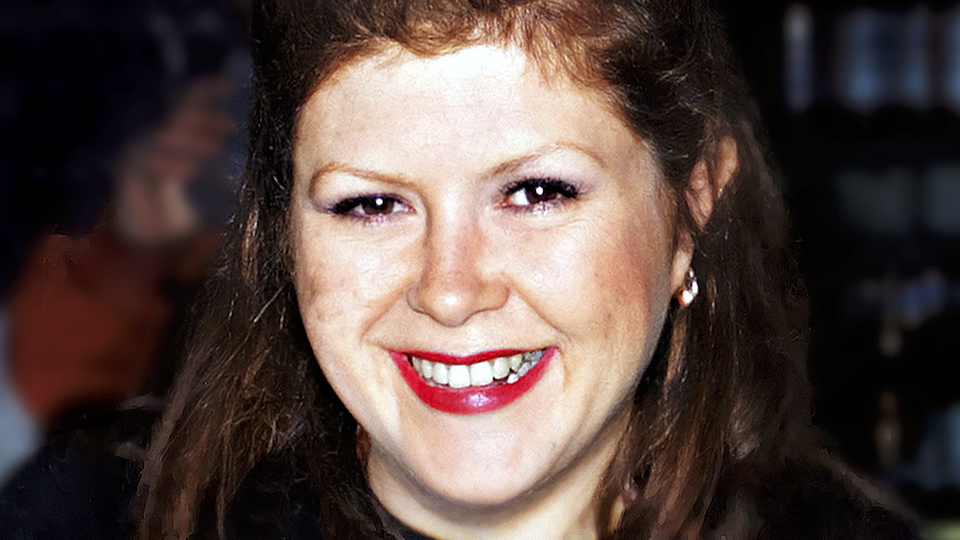
Kirsty MacColl always got the short end of the stick from the trendy presses who mostly associated her with one of three men who helped spearhead her career. There was Ewan MacColl, the father who fashioned her musical precociousness. There was Steve Lillywhite, who produced some of her most hits like “Don’t Come the Cowboy with Me Sonny Jim!” (they were married from 1984 to 1994). Then there was Shane McGowan, the roguish Irish man who asked her to duet on the festive favorite “Fairytale of New York.” While these associations aided her career, it was the voice – shimmering, silky, and faintly reminiscent of a Scottish malt – that stands up best of all these years later.
On the newly released Kirsty MacColl / See That Girl 1979-2000, listeners are exposed to the full extent of her vocal dexterity. The eight discs were put together in collaboration with MacColl’s estate; the compilation features 161 tracks recorded between 1979 and 2000.
Yes, there are pitfalls among the heights (her rendition of the Morrissey favorite “You Just Haven’t Earned It Yet Baby” is pretty awful), but that’s what made her so wonderfully human. What made her so viable was her eagerness to explore other territories, changing from vaudeville to blues by way of a pub standard or two. Simply listen to her hurried version of “I Wanna Be Sedated” over a London stage, and you’ll hear a singer completely in control of her destiny. “A New England” breathes new life as a live number; it’s doubtful that Billy Bragg (who wrote it) will ever match this version.
What makes this compendium so impressive is not only does it feature her anthems (“There’s A Guy Works Down The Chip Shop Swears He’s Elvis”), but also makes time for the charming collaborations (Happy Mondays, Tracey Ullman) or the stunning vocal demonstrations that she was capable of. This is nearly perfectly executed, as every disc overlooks a particular component of her career, whether it’s the spectral ballads of her post-Pogues metier, or the jazz-flavored numbers she performed with Jools Holland. “A maid again, I’ll never be,” she sings, a flute undulating beneath the haunting vocal that cements “The Butcher Boy.”
Aficionados will enjoy the inclusion of “The Real Ripper” and “Falling For Faces,” but it’s the 60-page hardcover book that helps to personalize the work. Guitarist Johnny Marr was kind enough to share some memories (he purportedly gave her the moniker “Electric Landlady”) yet it’s the selection of photographs that breathes new life into the artist’s life.
MacColl was tragically killed in 2000, leaving two teenage sons behind. For many years, she’s been written off as “the female singer” on “Fairytale of New York”, with only scant regard for the rest of her work. That this has lingered for so long is as insulting as tying her talent to three men who worked around her orbit. Let us be clear that the talent belonged to MacColl alone. That’s why Kirsty MacColl / See That Girl 1979-2000 isn’t another compilation conveniently flogged at Christmas. It just might be her definitive work.
-Eoghan Lyng
Photo: Kirsty MacColl, 1995 (public domain)







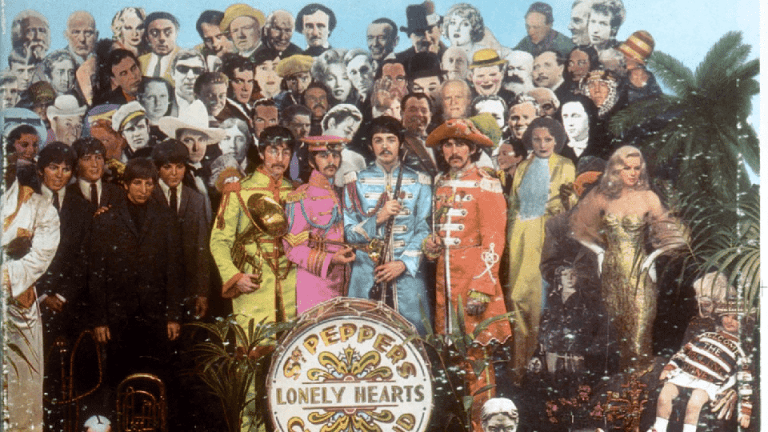
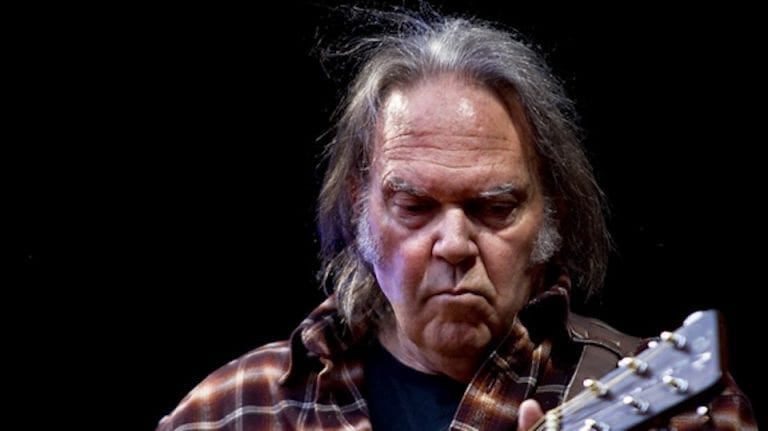



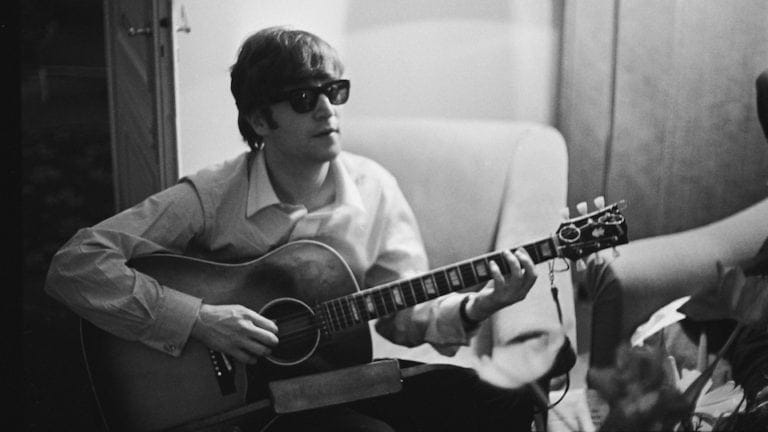



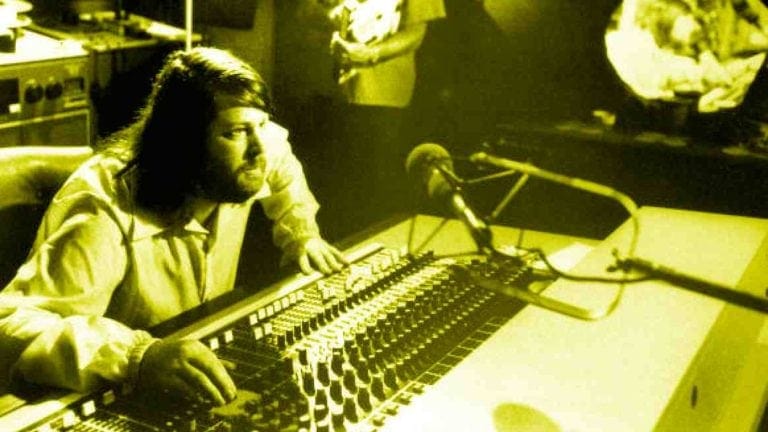
Lovely stuff!
She is really good. Thanks for introducing me, EL.
De rien, JS.